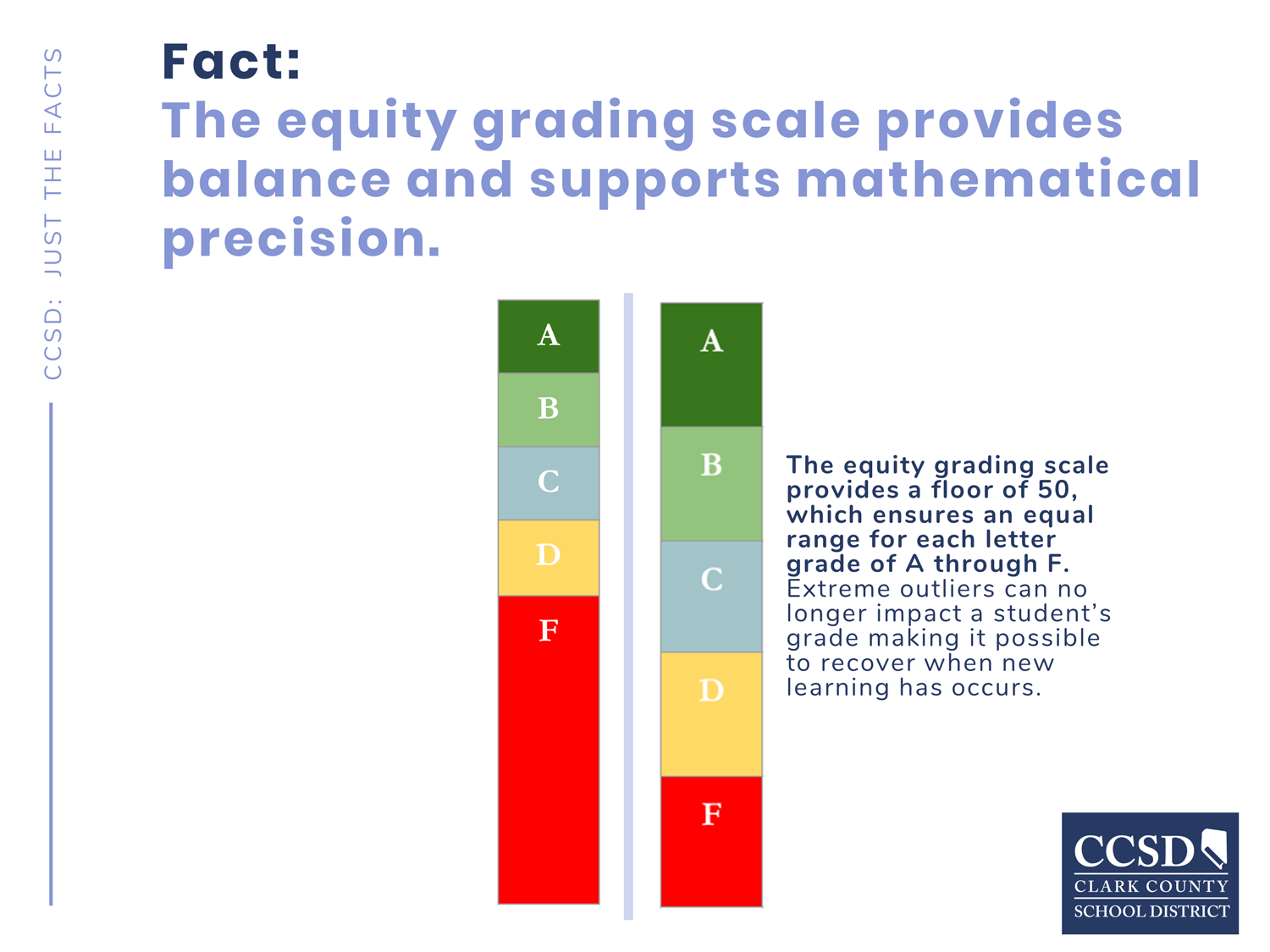CCSD graphics: A Deep Dive into Cluster Coupled Single and Double Excitations
Coupled Cluster theory is a cornerstone of modern quantum chemistry, offering a highly accurate description of electronic structure. Among its various implementations, the Coupled Cluster Singles and Doubles (CCSD) method stands out as a powerful and widely used approach, balancing accuracy with computational feasibility. This article delves into the intricacies of CCSD graphics, exploring its theoretical underpinnings, diagrammatic representation, computational implementation, and applications.
Introduction to Coupled Cluster Theory
The primary goal of quantum chemistry is to solve the time-independent Schrödinger equation, which governs the behavior of electrons in atoms and molecules. While exact solutions are only possible for very simple systems, various approximations have been developed to tackle more complex chemical problems. Coupled Cluster (CC) theory is a size-extensive method, meaning its accuracy scales properly with the size of the system. This is crucial for studying larger molecules and extended systems.

CC theory expresses the exact wavefunction as an exponential of an excitation operator acting on a reference determinant, typically the Hartree-Fock (HF) wavefunction:
“`
|Ψ⟩ = exp(T)|Φ₀⟩
“`
where |Φ₀⟩ is the HF determinant and T is the cluster operator, which encompasses excitations from occupied to unoccupied orbitals. The cluster operator is further divided into components based on the level of excitation:
“`
T = T₁ + T₂ + T₃ + …
“`

where T₁ represents single excitations, T₂ represents double excitations, and so on. The CCSD method truncates this expansion at double excitations, approximating the wavefunction as:
“`
|Ψ⟩ ≈ exp(T₁ + T₂)|Φ₀⟩
“`
This truncation makes CCSD computationally tractable while still capturing a significant portion of the correlation energy.
Diagrammatic Representation of CCSD
A powerful tool for understanding and implementing CC theory is the use of diagrammatic techniques, often referred to as Goldstone diagrams. These diagrams provide a visual representation of the various terms in the CC equations, making it easier to derive and implement the theory.
# Basic Diagrammatic Elements
CCSD diagrams are constructed from several basic elements:
Hole lines: Directed lines pointing downwards, representing occupied orbitals.
# The CCSD Equations
The CCSD equations are derived by projecting the Schrödinger equation onto the HF determinant and the singly and doubly excited determinants. These equations can be conveniently represented using diagrams. The T₁ and T₂ amplitudes, which determine the coefficients of the singly and doubly excited determinants in the wavefunction, are obtained by solving these equations.
T₁ Equation
The T₁ equation describes the single excitation amplitudes. Diagrammatically, it involves terms where a single hole-particle pair is created. The equation includes contributions from the Fock matrix, the two-electron integrals, and products of T₁ and T₂ amplitudes.
T₂ Equation
The T₂ equation describes the double excitation amplitudes. Diagrammatically, it involves terms where two hole-particle pairs are created. Similar to the T₁ equation, it contains contributions from the Fock matrix, two-electron integrals, and various products of T₁ and T₂ amplitudes. These products account for the non-linear nature of the CC equations.
Computational Implementation of CCSD
Solving the CCSD equations requires an iterative procedure. The equations are non-linear, meaning the T amplitudes appear on both sides of the equation. Therefore, an initial guess for the T amplitudes is made (often zero), and the equations are solved iteratively until convergence is reached.
# Key Computational Steps
The computational implementation of CCSD involves several key steps:
Transformation of integrals: The two-electron integrals are transformed from the atomic orbital basis to the molecular orbital basis. This transformation is computationally expensive but necessary for efficient solution of the CC equations.
# Computational Cost
The computational cost of CCSD scales as N⁶, where N is the number of basis functions. This steep scaling limits the applicability of CCSD to relatively small to medium-sized molecules. However, for systems where it is computationally feasible, CCSD provides highly accurate results.
Applications of CCSD
CCSD has found widespread use in various areas of chemistry and physics, thanks to its balance of accuracy and computational cost.
# Molecular Properties
CCSD can be used to calculate a wide range of molecular properties, including:
Energies: CCSD provides highly accurate energies, including correlation energies, which are essential for understanding chemical bonding and reactivity.
# Chemical Reactions
CCSD is a valuable tool for studying chemical reactions, providing accurate descriptions of transition states and reaction pathways. It can be used to calculate reaction energies, activation energies, and other important quantities.
# Spectroscopy
CCSD plays a crucial role in interpreting various spectroscopic data, including:
Electronic spectra: CCSD can be used to calculate excitation energies, which are essential for understanding UV-Vis spectra.
Conclusion
CCSD is a powerful and widely used method in quantum chemistry. Its ability to accurately capture electron correlation, combined with its reasonable computational cost (for appropriately sized systems), makes it a valuable tool for studying a wide range of chemical and physical phenomena. The diagrammatic representation of CCSD provides a clear and intuitive way to understand the theory and its implementation. While higher-level coupled cluster methods, such as CCSDT and beyond, offer even greater accuracy, CCSD remains a workhorse in computational chemistry due to its favorable balance of accuracy and computational cost. Ongoing research continues to develop more efficient algorithms and implementations of CCSD, extending its applicability to larger and more complex systems.
ccsd graphics
